RELAY AND MAGNETIC CONTACTOR
PEC provisions
The term ―controller‖ includes any switch or devices normally used to start and stop by making or breaking the motor circuit current.
For portable motor rated at 1/3 horse power or less, the controller shall be permitted to be an attachment to plug or receptacles.
Controller designs
- Each controller shall be capable of starting and stopping the motor it controls
- Auto transformer shall provide an on and off position, a running position, and at least one starting position. It shall be designed that it cannot rest in the starting position or any position that will render the overload device inoperative
- The controller shall have a horse power rating not lower than the horse power rating of the motor
NEC provisions
The National Electrical Code (NEC) defines a controller as a device or group of devices that serve to govern, in some predetermined manner, the electrical power delivered to apparatus to which it is connected. As it is applied to control circuits, this means anything from simple pendant switch to complex circuit that may include relays, contactors, timers, switches and indicating light.
Certain example of simple electrical circuit is a bulb and the switch used to control the bulb on and off. In some complex example, the motor control can be used to start and stop a motor controlling a small water pump. In a more difficult task, motor controller can be used for reversing, changing speed, jogging, sequencing or a traffic light control and conveyors.
Electrical control can be operated manually or automatically. For example, some may have a toggle switch and manual starter to start and stop the motor. Some machines are started and stopped automatically, but it is still a common practice that manual and automatic operation are integrated in a control circuit. To fully understand this course, the following contents must be considered.
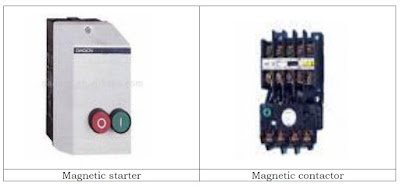
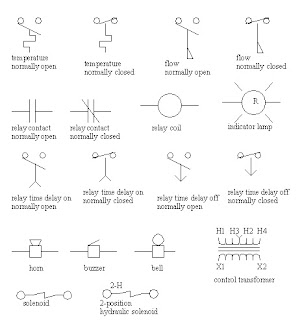
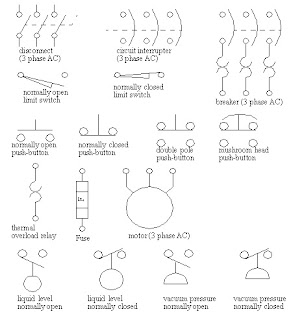
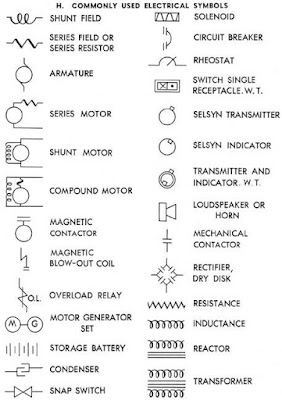
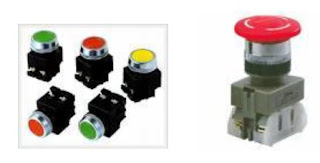
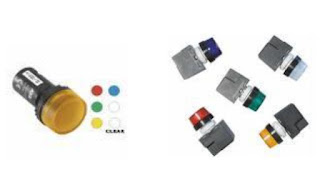
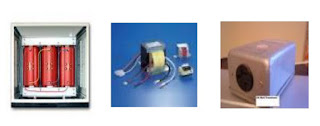
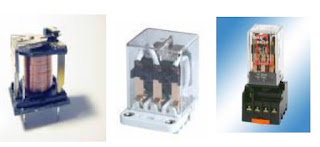

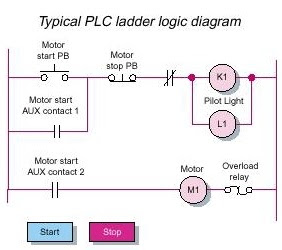
0 comments:
Post a Comment